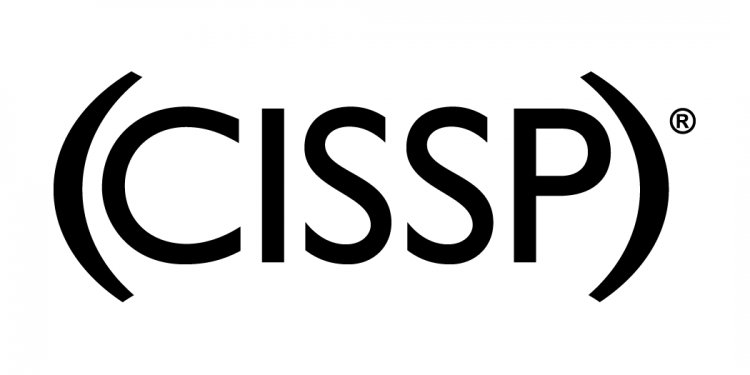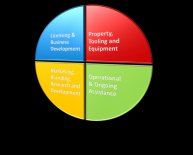
Access Control Systems and methodology
|
User makes a claim as to his or her identity. |
|
|
User proves his or her identity using one or more mechanisms. |
|
|
System makes decisions about what resources the user is allowed to access and the manner in which they may be manipulated. |
|
|
System keeps an accurate audit trail of the users activity. |
|
|
Entities that may be assigned permissions. |
|
|
Types of resources that subjects may access. |
|
|
Relationships between subjects and the objects they may access. |
|
|
Contains access control entities (ACEs) that correspond to access permissions. |
Access control list (ACL) |
|
Controls designed to prevent unwanted activity from occurring. |
|
|
Type of controls that provide a means of discovering unwanted activities that have occurred. |
|
|
Controls that are mechanisms for bringing a system back to its original state prior to the unwanted activity. |
|
|
Control type used to discourage individuals from attempting to perform undesired activities. |
|
|
Control type implemented to make up for deficiencies in other controls. |
|
|
Four phases of access control. |
Identification, authentication, authorization, accounting |
|
Three important access control concepts. |
Subjects, objects, access permissions |
|
Five types of access controls. |
Preventative, detective, corrective, deterrent, compensatory |
|
Three categories of access control. |
Administrative, logical/technical, physical. |
|
Controls constituting policies, procedures, disaster recovery plans, awareness training, security reviews and audits, background checks, reviews of vacation history, separation of duties, and job rotation. |
|
|
Control type that restricts access to systems and the protection of information. |
Logical/technical controls |
|
Type of controls used to protect access to the physical facilities housing information systems. |
|
|
States that the subjects of an access control system should have the minimum set of access permissions necessary to complete their assigned job functions. |
Principle of least privilege |
|
The ability to perform critical system functions should be divided among different individuals to minimize the risk of collusion. |
|
|
Users should only have access to information that they have a need to know to perform their assigned responsibilities. |
|
|
Users gain different access permissions as they move from position to position in an organization but old permissions are not revoked. |
|
|
Authorization of the subjects access to an object depends on labels which indicate a subjects clearance and the classification or sensitivity of the related object |
Mandatory access control (MAC) |
|
Access control type where the subject has authority to specify what objects can be accessible. |
Discretionary access control (DAC) |
|
Access control type where the Administrator determines which subjects can have access to certain objects based on an organizations security policy. |
Non-discretionary access control (NDAC) also known as role based access control (RBAC) |
|
Access control type where the administrator specifies upper and lower bounds of the authority for each subject and uses those boundaries to determine access permissions. |
Lattice based access control (LBAC) |
|
Four types of access control systems. |
MAC, DAC, NDAC (RBAC), LBAC |
|
A central authentication and/or authorization point for an enterprise. |
Centralized access control system |
|
A series of diverse access control systems at different points throughout the enterprise. |
Decentralized access control systems |
|
Technology that enables centralized authentication. |
|
|
Software used on a network to establish a users identity. |
|
|
Three components of kerberos |
Key distribution center (KDC), Authentication service (AS), Ticket granting service (TGS) |
|
A public key based alternative to kerberos |
|
|
Three authentication factors. |
Something you know, something you have, something you are |
|
Using at least two authentication factors. |
Two-factor authentication |
|
The most commonly implemented authentication technique. |
|
|
Four different kinds of tokens |
Static password, synchronous dynamic... |

















